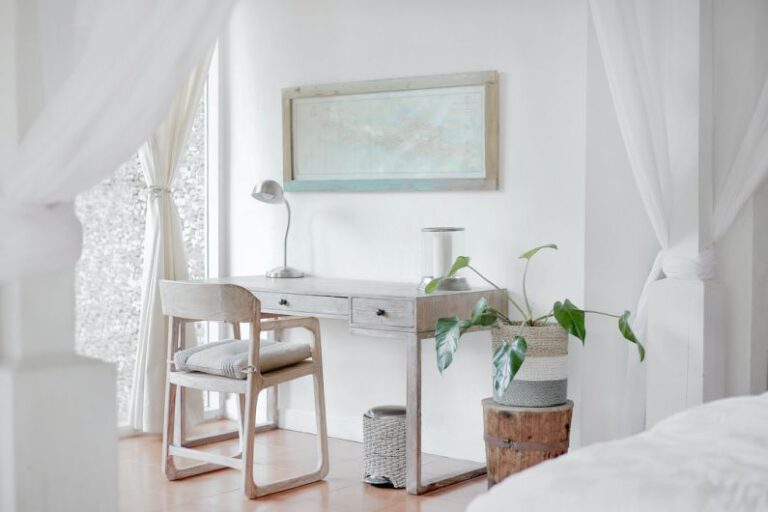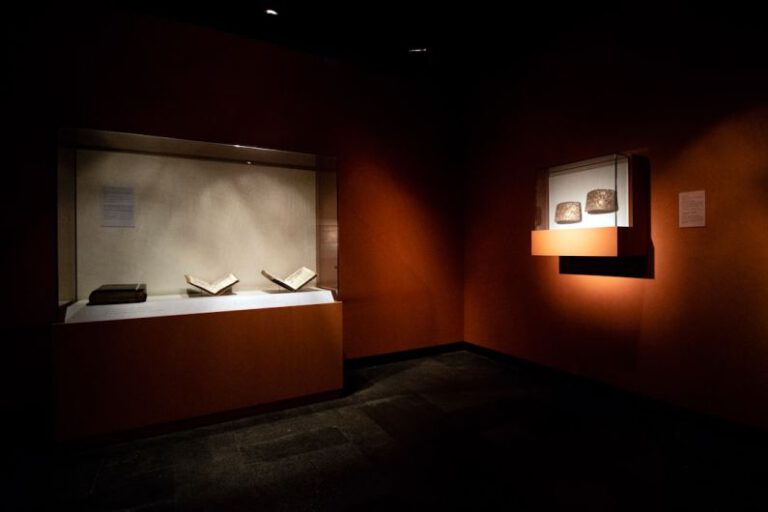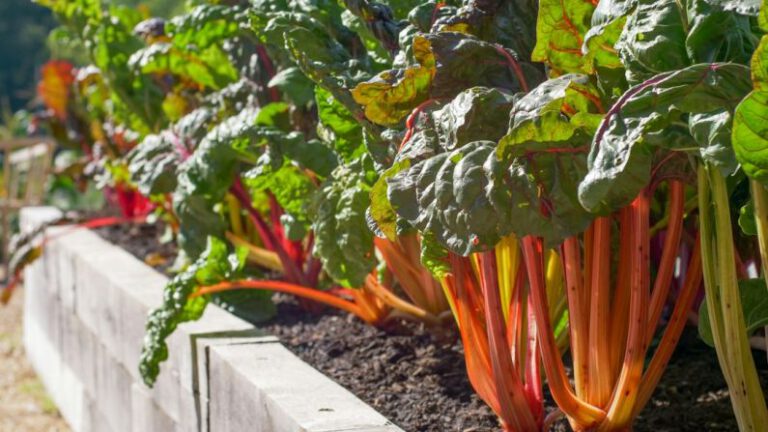How to Make Your Own Compost at Home?
Composting is not only a great way to reduce waste and help the environment, but it also provides nutrient-rich soil for your plants. Instead of throwing away kitchen scraps and yard waste, you can turn them into a valuable resource right in your own backyard. In this article, we will guide you through the process of making your own compost at home.
Getting Started
Before you start making compost, it’s important to gather the necessary materials. You will need a compost bin or container, which can be purchased or made from materials such as wood or wire mesh. The size of the bin will depend on the amount of waste you generate. You will also need a mix of “green” and “brown” materials. Green materials include kitchen scraps like fruit and vegetable peels, coffee grounds, and grass clippings. Brown materials include dry leaves, straw, and shredded newspaper. Lastly, you will need some water to keep the compost moist.
Building the Compost Pile
Once you have all your materials ready, it’s time to start building your compost pile. Begin by placing a layer of brown materials at the bottom of your compost bin. This will help with aeration and drainage. Next, add a layer of green materials on top of the brown layer. Be sure to chop or shred larger materials into smaller pieces to speed up the decomposition process. Continue layering brown and green materials until your compost bin is full. Remember to occasionally water the pile to keep it moist, but not soaking wet.
Turning and Maintaining the Compost
To speed up the composting process, it’s important to turn the pile regularly. This helps to aerate the compost, allowing the beneficial microorganisms to break down the organic matter more efficiently. Use a garden fork or shovel to turn the pile every few weeks, ensuring that the materials from the bottom of the pile are brought to the top. If you notice any foul odors or the compost is too wet, add more brown materials to balance the moisture and improve airflow.
Troubleshooting Common Issues
Composting is a natural process, but sometimes problems can arise. If you have a smelly compost pile, it may be too wet or have too many green materials. Add more brown materials and turn the pile to improve aeration. If your compost is not decomposing, it may be lacking nitrogen. Incorporate more green materials or add a nitrogen-rich compost activator to jumpstart the decomposition process. Lastly, if you have an issue with pests, such as flies or rodents, avoid adding meat, dairy, or oily foods to your compost and cover the pile with a layer of straw or leaves.
Using the Finished Compost
After several months of composting, your pile will transform into dark, crumbly, and earthy-smelling compost. This is a sign that your compost is ready to be used in your garden. Spread a layer of compost over your soil to improve its structure and fertility. You can also mix the compost with potting soil to create a nutrient-rich mix for your indoor plants. Remember to continue adding kitchen scraps and yard waste to your compost bin to maintain a steady supply of compost for your gardening needs.
In conclusion, making your own compost at home is a simple and rewarding process. By recycling kitchen scraps and yard waste, you can create nutrient-rich soil for your plants while reducing waste. With a little effort and patience, you can enjoy the benefits of homemade compost in your garden. So why not give composting a try and contribute to a greener and more sustainable future?






